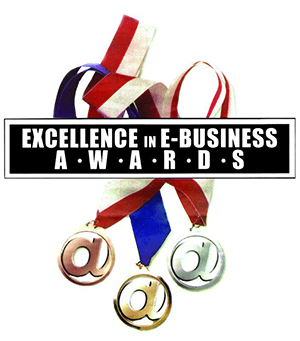What Are The Best URL Practices For Blogging?
 Optimizing your website’s content for search engines requires more than just incorporating keywords into your copy. It involves optimizing every webpage component, from metadata to picture alt text to backlinks. A critical element of this optimization process is the URL slug. Choosing the correct URL slug can significantly impact your website’s search engine ranking. Here are some valuable tips to consider for the best URL practices when optimizing your content.
Optimizing your website’s content for search engines requires more than just incorporating keywords into your copy. It involves optimizing every webpage component, from metadata to picture alt text to backlinks. A critical element of this optimization process is the URL slug. Choosing the correct URL slug can significantly impact your website’s search engine ranking. Here are some valuable tips to consider for the best URL practices when optimizing your content.
What Is A URL?
Regarding URLs, it’s essential to know that the section following the second-to-last forward slash is called the slug. This part of the URL generally reflects the content of the specific page it corresponds to. If the slug comprises multiple words, they are separated by dashes. A concise and descriptive slug helps your audience understand what the page is about. Optimizing your slug is a simple task, but it does require a good understanding of URL practices. Following these guidelines can significantly improve your search engine rankings and overall online visibility.
Utilize Keywords
As you may already know, including relevant keywords in your blog post to improve its visibility and search engine rankings is essential. To optimize your content for search engines, it’s recommended to include keywords in the title, introduction paragraph, and body of your blog. Additionally, using keywords in your meta description and alt text of your photos can further enhance your blog’s SEO. One crucial yet often overlooked aspect is including your keyword in the slug, which can also help improve your blog’s search engine rankings.
Keep Your URL Brief
When creating a URL slug, it’s important to keep it brief and straightforward while providing value to the reader. It’s also crucial to ensure the slug is in lowercase letters. Many people assume slugs automatically default to lowercase, but that’s not always true. Therefore, it’s essential to double-check your slugs to ensure that they are in the correct format.
Remove Unnecessary Words
When creating a URL, following best practices for readability is vital. One such practice is to omit words that add little or no significance to the URL. These words are commonly known as stop words and can include words like “and,” “that,” and “your.” By removing these unnecessary words, URLs become more concise and easier to read for users and search engines alike.
Contact Adventure Web Interactive Today
For more tips on optimizing your web content and driving traffic to your website, follow our blog. Adventure Web Interactive offers expert marketing solutions, including blog, copywriting, and social media management. Take the stress of planning, posting, and plotting off of your team and contact us online or by giving us a call at (410) 788-7007. To see more information about our team and services, follow us on Facebook, Twitter, YouTube, and LinkedIn.


















